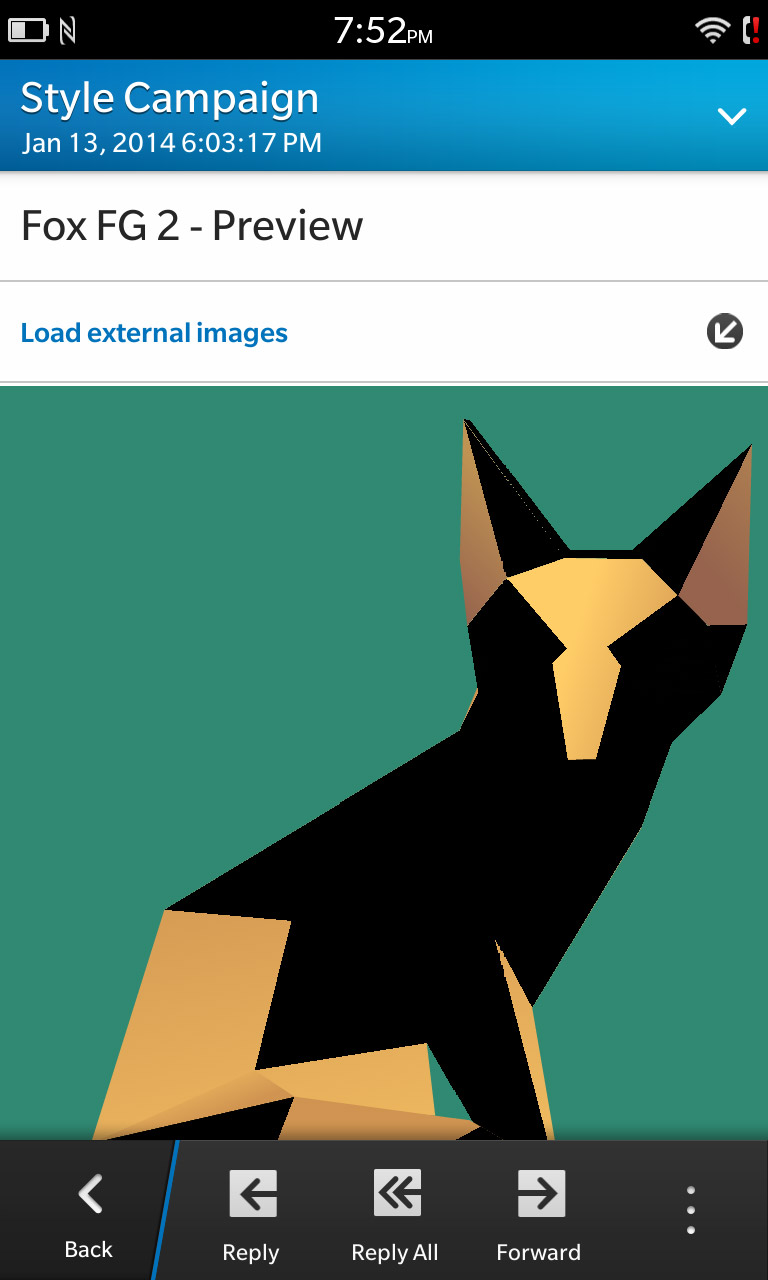Conclusion
Scalable Vector Graphics (SVG) support in email has come a long way in recent years, with major email clients like Gmail, Outlook, and Apple Mail now providing varying levels of support. While SVGs offer significant benefits in terms of scalability, design flexibility, and file size, their implementation in email remains subject to certain limitations and considerations. This guide aims to provide a comprehensive overview of SVG support in email, including its benefits, challenges, and best practices for effective usage.

Conclusion
Challenges of SVG in Email

- Limited Support: Not all email clients support SVGs natively. While major clients like Gmail and Outlook provide support, some lesser-known or older clients may not render SVGs correctly.
- Fallbacks: To ensure that SVGs are displayed properly in all email clients, it’s essential to include fallback images (e.g., PNGs or JPEGs) that will be displayed instead of SVGs in unsupported clients.
- Rendering Issues: In some cases, SVGs may render differently across different email clients due to variations in interpretation and support. This can lead to inconsistencies in appearance and user experience.
- Free Flower SVG Cut Files For Cricut Free Flower SVG Cut Files For Cricut: Elevate Your Crafting With Stunning Floral Designs
- Popular Flowers In February February’s Floral Delights: A Guide To The Month’s Most Popular Blooms
- Flower Overlay SVG Flower Overlay SVG: A Guide To Enhancing Your Designs With Floral Elegance
- Is Floral Fantasy In Flower Dome Floral Fantasy In Flower Dome: An Enchanting Botanical Wonderland
- Short Quotes About Spring Flowers The Enchanting Beauty Of Spring Flowers: A Symphony Of Colors And Fragrances
- Scalability: SVGs are vector graphics, meaning they can be scaled to any size without losing quality. This makes them ideal for responsive email designs that adapt to different screen sizes and devices.
- Design Flexibility: SVGs allow for complex and intricate designs with gradients, animations, and even interactivity. This opens up a world of possibilities for creating visually appealing and engaging email content.
- Email Size Limits: Some email providers have size limits for individual emails, which can become a concern when using large or complex SVGs.
- Use Fallbacks: Always include fallback images to ensure that SVGs are displayed properly in all email clients.
- Optimize File Size: Keep SVG file sizes as small as possible to avoid exceeding email size limits and affecting load times.
- Test Thoroughly: Test SVGs in multiple email clients to ensure consistent rendering and avoid any unexpected issues.
- Consider Accessibility: Add appropriate alt text and titles to SVGs to make them accessible to screen readers and users with visual impairments.
- Use Inline SVGs: Embedding SVGs directly into the email HTML code can provide better rendering and reliability than using external SVG files.
Scalable Vector Graphics (SVG) support in email has come a long way in recent years, with major email clients like Gmail, Outlook, and Apple Mail now providing varying levels of support. While SVGs offer significant benefits in terms of scalability, design flexibility, and file size, their implementation in email remains subject to certain limitations and considerations. This guide aims to provide a comprehensive overview of SVG support in email, including its benefits, challenges, and best practices for effective usage.
Benefits of SVG in Email
Best Practices for Using SVGs in Email
FAQ
Q: Which email clients support SVGs?
A: Major email clients like Gmail, Outlook, and Apple Mail provide varying levels of SVG support.
Q: How do I include SVGs in my emails?
A: You can embed SVGs directly into the email HTML code using the <svg> tag or use external SVG files referenced with the src attribute.
Q: What are the file size limits for SVGs in email?
A: File size limits vary depending on the email provider. It’s recommended to keep SVG file sizes under 100KB for optimal performance.
Q: Why are my SVGs not displaying correctly in all email clients?
A: Different email clients may render SVGs differently due to variations in interpretation and support. Ensure that you include fallback images and test SVGs thoroughly in multiple clients.
Q: How can I make my SVGs accessible?
A: Add appropriate alt text and titles to SVGs using the alt and title attributes. This will ensure that screen readers can interpret and convey the content effectively.










